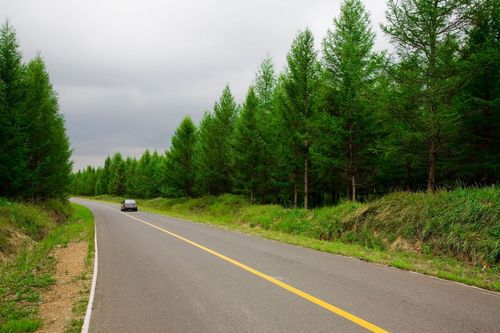Exploring the Richness of Romanian Cultural Values: A Journey into the Heart of Eastern Europe
When one talks about Eastern Europe, the country of Romania holds a special place. With its history spanning over centuries, Romania is renowned for its diverse cultural heritage, as displayed by its festivals, food, traditions, and art. The country boasts a unique blend of medieval architecture, pristine countryside, and modern cities, all of which contribute to the rich tapestry of Romanian culture. This blog post takes you on a journey, exploring the richness of Romanian cultural values, and showcasing what makes Romania an attractive destination for tourists and travelers.
Exploring Romanian Traditions and Festivals
Romanian folklore is a rich repository of myths, legends, and traditions that have been passed down from generation to generation. Romania has its distinct pantheon of supernatural beings, such as the strigoi, the living dead, or the Iele, the fairies, to name a few. The country’s traditions, festivals, and customs reflect its multi-ethnic history and the influence of various cultures, such as the Daco-Romans, Byzantine Empire, Ottoman Empire, and Austro-Hungary.
One of the most popular Romanian festivals is Mărțișor, which celebrates the arrival of spring. It is a time of gifting small trinkets, in the form of a red and white braided string tied in a bow or brooch, indicating the appreciation for the person and hope for good luck in the coming year. Similarly, Easter traditions are unique, especially in the region of Bucovina, where decorated eggs are used to celebrate the resurrection of Jesus Christ.
Exploring Romanian Cuisine
Romanian cuisine is hearty, rich, and diverse, influenced by its neighbors, such as Hungary, Serbia, and Turkey. Traditional Romanian dishes include sarmale (cabbage rolls stuffed with pork and rice) and mici (grilled minced meat rolls), while soups like ciorba (a sour soup) and tochitura (a stew) also feature in the cuisine. Romania also boasts some of the best-known sweet treats, such as cozonac (Easter sweet bread) and papanasi (fried or boiled dumplings served with jam and sour cream).
Exploring Romanian Art and Architecture
Romanian art and architecture showcase a unique blend of various styles, such as Gothic, Byzantine, Ottoman, Baroque, and Art Deco, to name a few. The country is renowned for its medieval painted monasteries in Bucovina, the grand neo-classical Palace of the Parliament in Bucharest, and the ornate Art Nouveau buildings in the city of Timisoara. The country is also home to the world-famous sculptor, Constantin Brancusi, whose works are displayed in national and international galleries.
Exploring Romanian Folk Music and Dance
Romanian folk music and dance are unique, reflecting the country’s complex history. One of its most famous dance styles is the hora, a circular dance, where people join hands and dance to lively folk music. The country is also well-known for its melancholic ballads, known as doine, which speak of love, longing, and loss. Folk music and dance festivals are held throughout the country, with the most famous being the “George Enescu” International Festival.
Conclusion
Romania’s diverse cultural heritage, in combination with its stunning countryside and vibrant cities, make it an attractive tourist destination. From exploring the traditions and festivals to savoring the hearty cuisine, experiencing the art and architecture to dancing to the lively folk music, Romania offers an immersive cultural experience that visitors will cherish for years to come.
(Note: Do you have knowledge or insights to share? Unlock new opportunities and expand your reach by joining our authors team. Click Registration to join us and share your expertise with our readers.)
Speech tips:
Please note that any statements involving politics will not be approved.
